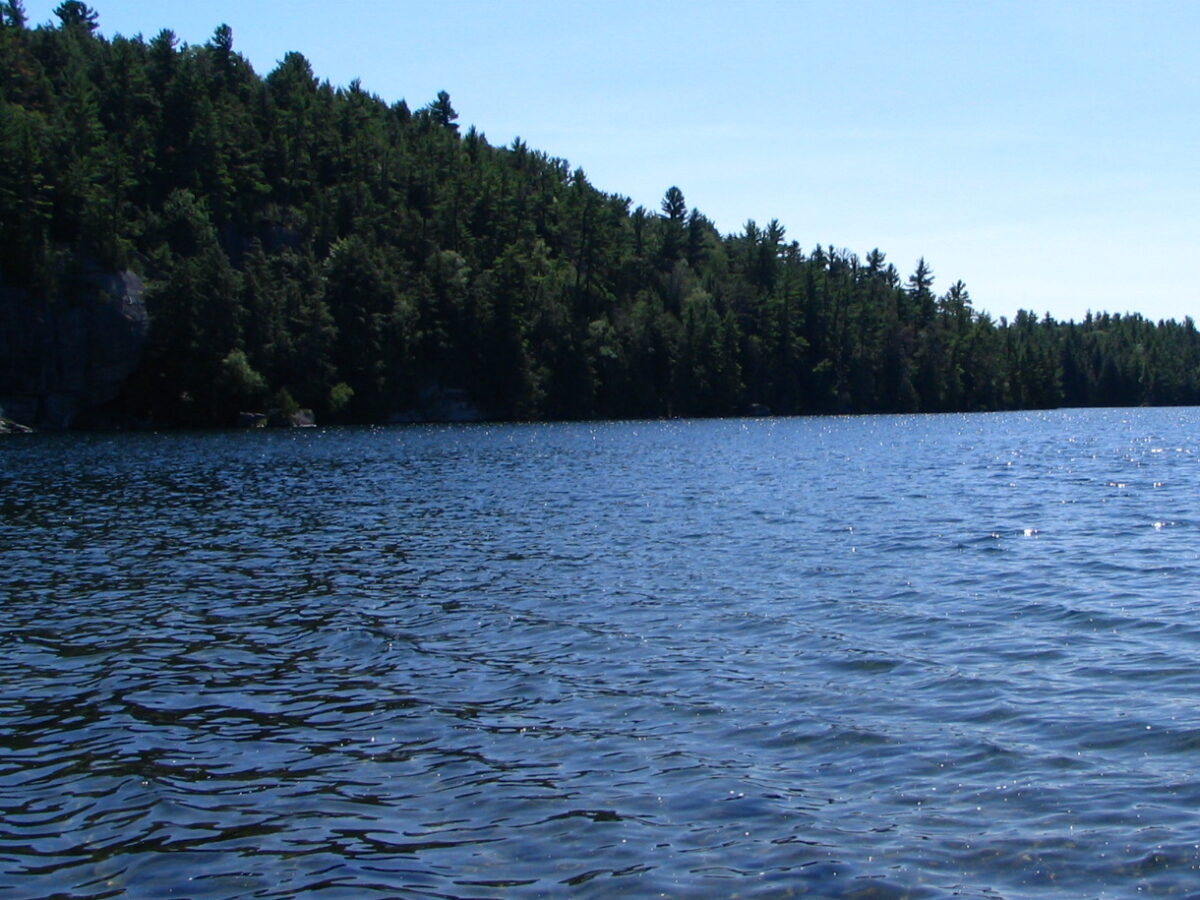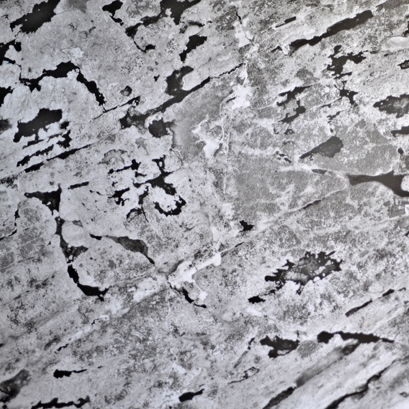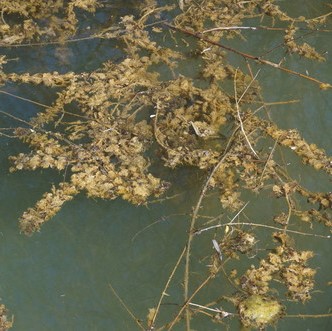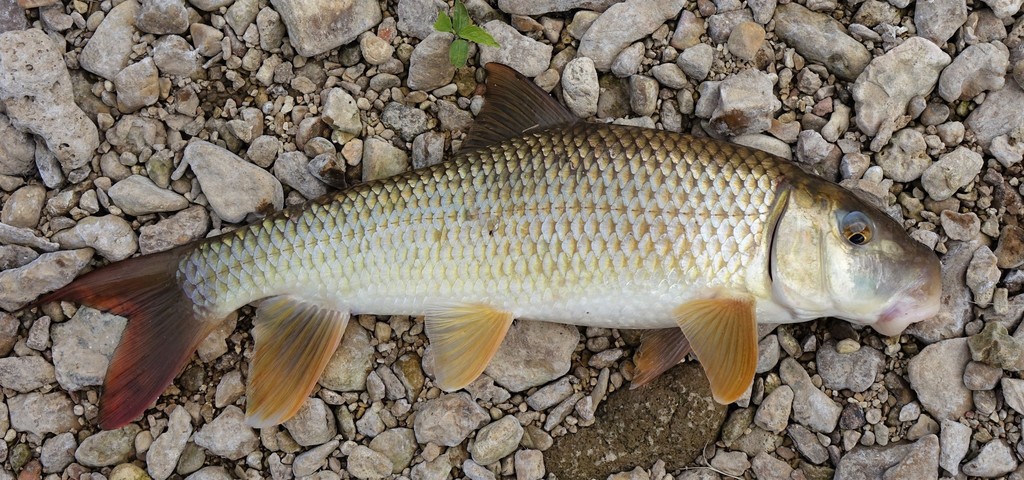
Species Identification:
The River Redhorse is a species of sucker that has a large, thick body of nearly 80 cm in length, and can weigh more than 5.5 kg. They have a large head with a flat top, a large snout, and a red tinted tail fin. Red Riverhorse also have a brown or olive back, yellow-green or copper sides, and a white belly. Males are generally shorter in length and lighter in colour than females.
Diet:
The River Redhorse’s diet consists of molluscs, aquatic insects and larvae. Juveniles will mostly feed on microcrustaceans, algae, and small invertebrates. They are a benthic species, which means they mainly feed off the bottom of water bodies using their sucker-like mouths.

Biology and Behaviour:
River Redhorse are late to mature, but they are a relatively long lived species, with the oldest River Redhorse recorded at 28 years old. In more southern regions, River Redhorse can reach sexual maturity much earlier, between 3 and 5 years of age. In more northern regions, they can take up to 20 years. They are generally the last of the Redhorse species to spawn each year, heading to their river spawning areas in late May or early June. The female will lay eggs in a small depression while the males fertilize them immediately after. Females can lay anywhere between 9,000 and 50,000 eggs, which will hatch in about 5 days. Some River Redhorse may head back to lakes or deeper water to overwinter, but shallow fast moving rivers are crucial for spawning habitat. Predators include larger fish species and birds.
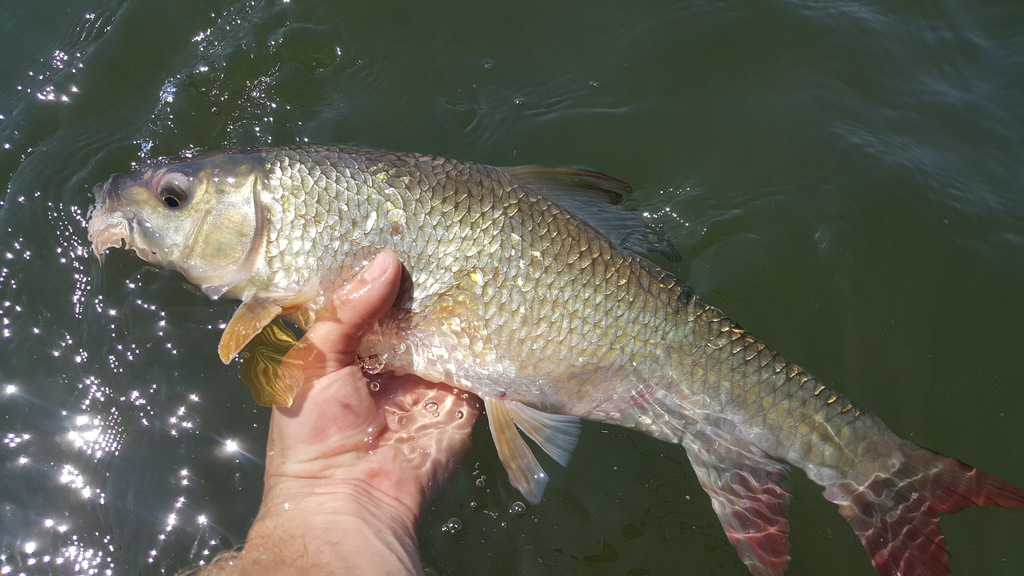
Similar Species:
The River Redhorse is one of seven Redhorse species in Canada. They are similar in appearance to the Shorthead Redhorse and the Greater Redhorse, but they can be distinguished by the size of their head and crumpled-looking lips.
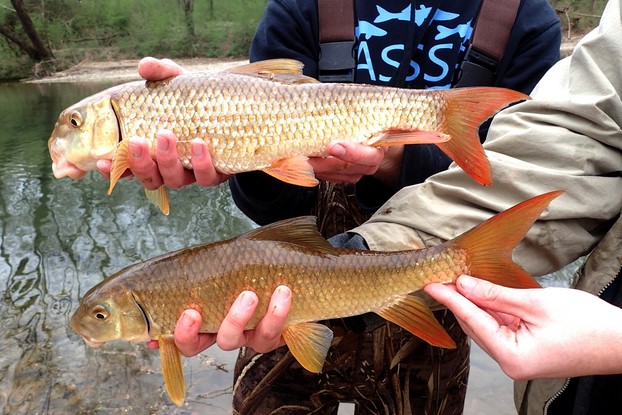
Conservation and recovery strategies:
The River Redhorse and their habitat are protected under Ontario’s Endangered Species Act, and the federal Fisheries Act. However, there are currently no recovery strategies in place for this species, since this species is only listed as Special Concern. Conservation and recovery strategies should be put into place starting with increased research and creating a plan for recovery, which should involve protecting their habitat, but especially their spawning grounds. Dams should look into increasing the flow of water during spawning season, and providing fish with a way to cross them safely.
Quick Facts:
- The River Redhorse was historically an important food source for Indigenous and European settlers
- Like all sucker species, they play an important ecological role since they are nutrient cyclers. River Redhorse feed on species from the benthic food web, and transfer them to the pelagic food web when they are eaten by predators
- They are one of the few freshwater species that have a preference for molluscs. In fact, molluscs make up about 25% of their diet, and they could possibly be used as a method of control for the invasive Zebra Mussel!


Sources:
COSEWIC 2006. COSEWIC assessment and update status report on the river redhorse Moxostoma carinatum in Canada. Committee on the Status of Endangered Wildlife in Canada. Ottawa. vi + 31 pp. https://www.sararegistry.gc.ca/virtual_sara/files/cosewic/sr_river_redhorse_e.pdf
Government of Ontario. 2014. River redhorse. Retrieved from: https://www.ontario.ca/page/river-redhorse



